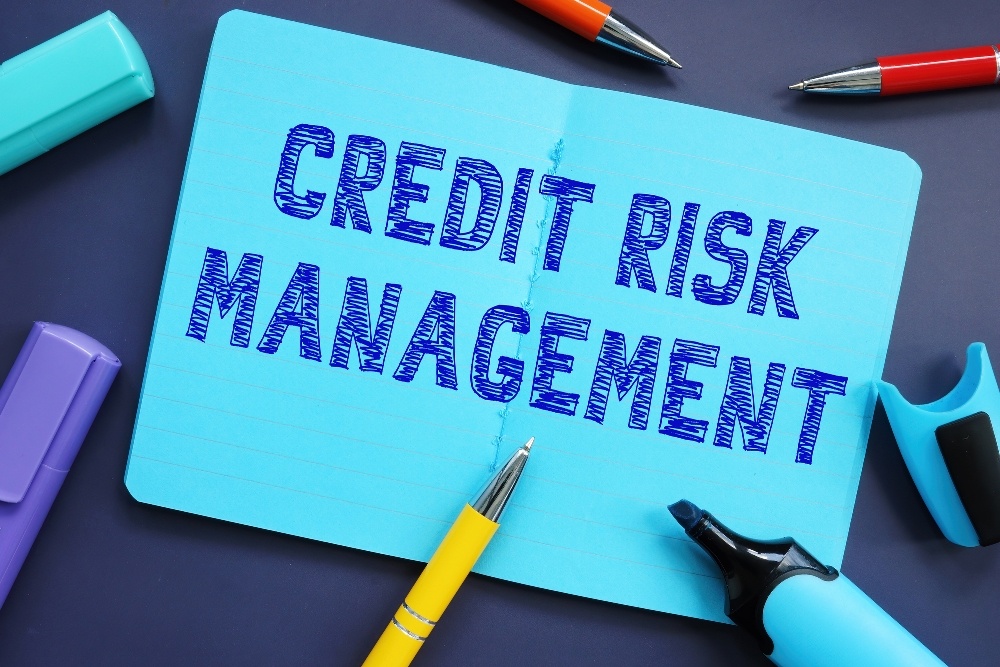If you sell goods on credit, how confident are you that when you issue your invoice, you will receive 100% of the money outstanding and you will receive this on time?
Overdue invoices and late payments can financially ruin businesses, negatively affecting cash flow and harming your financial situation.
This makes credit management and analysing credit risk essential to a credit team’s strategy.
Providing information on how likely it is that a customer will pay their invoice in full and on time, compared to the risk that the customer will not pay, and providing a response to whether or not a company will be granted credit on this basis.
To learn more about the robust collection strategies and processes we can implement into your credit risk management practices, make sure to check out our service pages.
What is credit risk management?
Unfortunately, the volume of bad debts is increasing, and businesses must act now to help bring these under control.
By conducting a thorough credit risk analysis of your customers, you can assess their creditworthiness and ability to pay their invoices in full.
Credit risk is measured by a series of factors, including:
- A business/person’s credit history
- Capital
- Capacity to repay
- Terms and conditions of the credit agreement
- Associated collateral.
For any business offering credit to another, it’s important to understand that there is always a probability that you may not get paid just because you have sent your invoice.
Payment may require phone call follow-ups, emails, overdue payment letters, and, in some cases, outsourcing overdue invoices to a professional debt collection team.
These robust credit control processes should be built into all business collection policies, however, introducing credit risk management also allows you to analyse your customer’s ability to pay for the goods, and hence provide you with further confidence that you can maintain effective and efficient collection processes – avoiding too much time and resource being spent on chasing outstanding debts.
What is credit risk analysis?
Credit risk analysis provides you with information on a customer’s previous lending and repayment record, creditworthiness, and overall financial behaviour.
Ultimately, you want to reduce the risk of not getting paid, as this results in losses for you, affecting your cash flow and financial stability.
Credit risk management strategies
To provide you with reassurance and confidence in your ability to offer credit to your customers:
Understand who your customers are – it’s vital that you find out key information about your customers. From their credit rating and history to their financial stability, assess the value of each customer and the impact on your business if one of these customers fails to pay.
Assess their creditworthiness – their financial position and behaviour toward credit and finances.
Quantify the risk – how risky is the customer, and can you adjust your credit terms and pricing to suit?
Make quick decisions – a decision on whether or not to grant credit must be made effectively and quickly; customers don’t have time to wait around, and you don’t want to lose business as a result of slow decision-making.
Communicate consequences of late payments – emails, escalation notices, late payment fees, interest charges, stage of introducing a debt collection company, etc.
Regularly review unpaid invoices and remaining outstanding duration. This detailed breakdown gives you an idea of how long your open invoices stay open, allowing you to analyse if your current credit limits are suitable.
Check that previous customers have kept up with repayments/paid invoices on time and understand the customer’s industry and financial stability.
Use technology and automation – with real-time monitoring, you can standardise certain credit management processes, track customer behaviour and have complete visibility, which all combined will save you time and resources, hence money.
Implement best practices – make sure to assess your data continuously, protect yourself against financial fraud, proactively monitor your processes, automate specific areas of your finance function, invest in the right technology and software, and work with a professional debt collection team.
Benefits of credit risk analysis
Mitigates risk – you no longer grant credit to bad payers, reducing the build-up of bad debt and the chances of late payments of commercial debts negatively affecting your business.
Reduces fraud – you have carried out suitable and detailed checks on your customers, reducing the chances of fraud.
Improves customer experience – knowing your customers better allows you to tailor communications and utilise your resources appropriately.
Segment customers – by assessing unpaid invoices, you can further understand the reason behind late payments and categorise your customers accordingly. From here, you can tailor credit processes with appropriate collection strategies put in place for each.
Late payment of commercial debts
At Direct Route, we help ensure smooth credit operations. Mitigating your financial risk, improving cash flow, and lowering bad debt.
With smart data, sharp instincts, and time spent on due diligence, credit risk analysis can keep your cash flow healthy and prosperous.
To find out how we can help you with outstanding and overdue invoices, call +44 7860197476 or email your requirements to memberbenefits@directroute.co.uk, and a member of our team will be in touch.
